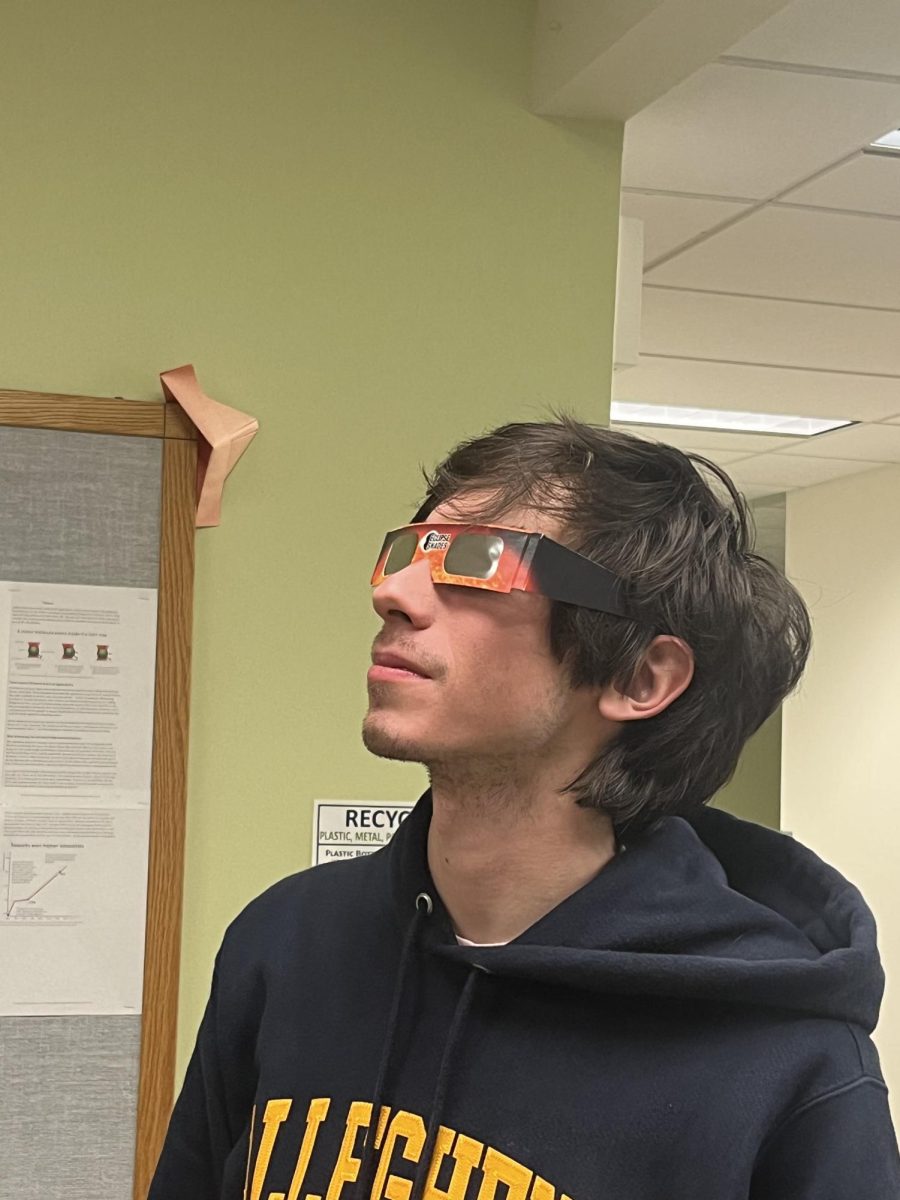Unless you’ve spent the last month under a rock (or under a parking lot in Leicester, England), you’ve heard about the recent discovery of a skeleton believed to be that of King Richard III. Richard III was the last Plantagenet King of England, ruling from 1483 to 1485. What his reign lacked in length, however, it made up for in excitement.
Richard ascended to the throne in April of 1483 after the death of his brother, King Edward IV. The true heir to the throne was Edward IV’s twelve year old son, Edward V, but because of his age, his uncle was made Lord Protector of the realm. Richard had Edward V and his eight year old brother moved to the Tower of London.
By August of that same year, both boys had gone missing, and it was assumed that Richard III had ordered his death to ensure his continued reign as king. When loyalists of the late Edward IV heard this news, they rebelled –a move that culminated in the Battle of Bosworth Field in August, 1485. Here, Richard III was struck down while bravely leading a charge into the enemy ranks of Henry Tudor. His body was flung over a pack horse and paraded through Leicester, eventually being buried, without ceremony, in the choir of the Church of the Greyfriars.
So ended the bracingly-brief age of King Richard III. Or did it?
For those with a right-sided brain, what followed the hasty burial of Richard III is just as interesting as Richard’s life had been: specifically, the science that went into the discovery, exhumation, and confirmation of Richard III’s skeleton. Beginning in August of 2012, a group of archaeologists and scientists from the University of Leicester began the search for the forgotten grave of Richard III.
The first step in the hunt for Richard III was uncovering the present-day location of the Greyfriar’s Church. The location of the monastery was lost when it and many other monasteries dissolved in the 1530s. Thankfully, an extensive search of the archived maps of Leicester revealed a 1741 map that indicated the forgotten location of the church.
Researchers were surprised to learn that the former monastery site was now a parking lot –what the British call a “social services carpark.”
Investigative trenches were carefully dug across the lot. Within the first five meters of the first trench, evidence of a burial was found.
The Leicester group (in a feat of almost superhuman self-discipline) carefully covered up the burial until they could find further evidence to justify exhumation. Continued excavation of the area revealed that the skeleton not only lay within the walls of the old church, but also within what was likely the church’s choir where Richard III was said to be have been hastily buried centuries ago. Exhumation immediately began on the burial the group had found during the first day of excavation.
Jo Appleby, the project’s bone specialist, examined the skeleton and determined that it possessed traits that historical records had attributed to Richard III. The skeleton was male, but of a very slender build. Measurement of the bones indicated that the man, at his time of death, had been in his late twenties to late thirties, and had been 5 foot, 8 inches tall. Analysis also revealed a very pronounced curvature of the spine, called scoliosis, which would have taken off a significant amount of the man’s height. The skeleton also displayed extensive battle wounds, which Appleby believes occurred at the time of death.
The group moved the skeleton from the parking lot to the laboratory. The intensive five-month long investigation into the authentication of the skeleton began with radiocarbon dating of the skeleton.
Radiocarbon dating is a common technique used to date organic materials. Dating is dependent on carbon-14, an unstable (and thus, radioactive) form of carbon. Carbon-14 decays at a constant rate, making it especially useful for accurate dating.
Samples of bone from the skeleton were sent to two separate dating facilities. There, the bone samples were combusted into a gaseous state (carbon dioxide), and then put through a mass spectrometer: a machine that measures a sample’s concentrations of atoms and molecules. The smaller the concentration of carbon-14 atoms in the samples, the older the samples are.
The two facilities dated the bones (with 95% accuracy) as being from between 1412- 1449 and 1430-1460 –both much earlier than Richard’s documented death in 1485. However, this anomaly was attributed to Richard III’s excessive diet of seafood. Marine creatures absorb carbon-14 at a different rate than land creatures, so the data from a land creature (or a rich nobleman) that eats a lot of fish would be skewed.
Further analysis by the mass spectrometer revealed that the skeleton did indeed have signs of a diet high in seafood. The adjusted results placed death between 1475 and 1530, which aligns with the known timeline of Richard III’s death.
Kevin Schurer, the project’s genealogist, was put in charge of finding both a direct-male and a direct-female line of descent from Richard III to a modern day descendant. When a man has a child, a genetically identical version of the man’s Y-chromosome is passed onto his son. If that son has a son, who has a son, and so on through time, the Y-chromosome of the most recent son will be genetically identical to that of his oldest male ancestor (and every male in between).
The concept is the same for maternal lines of descent, except the transmitted material is in a form called mitochondrial DNA that every child–male or female–inherits unchanged from their mother. As long as each generation in a family produces a daughter to pass down the mitochondria, the ancestral lineage of that family can be traced with almost absolute certainty.
Since Richard III had no surviving male children to pass on his Y-chromosome, Schurer begin his male line of descent with Richard’s great-great grandfather, Edward III. Tracing down this noble and well-documented line, Schurer was able to find, with relative ease, four living male descendants whom share Edward III’s and Richard’s unique Y chromosome.
Beginning with Richard’s older sister, Anne of York, Schurer traced a maternal line of descent from Richard III and found a modern maternal descendent named Michael Ibsen, who agreed to donate his DNA to the project. However, because this maternal line was not as well-documented as the paternal line from Edward III, it was vital for Schurer to identify another maternal line of descent. Schurer examined many possibilities and was led down many dead ends before he found what he was looking for. The second individual, whose mitochondrial DNA would be identical to both Richard III’s and Michael Ibesen’s, wished to remain anonymous but agreed to donate a DNA sample.
When the anonymous sample was tested against the sample from Michael Ibsen, it was discovered that both persons had identical mitochondrial DNA, meaning they were both maternal descendents of Anne of York. The discovery was critically important to the genealogy of the project as it allowed for triangulation of the two DNA samples with that of Richard III’s, confirming that both lines of descent truly lead back to Richard III.
Once a genealogy of Richard III had been established and DNA from direct-male and direct-female descendents had been acquired, all that remained in confirming the skeleton’s royal identity was to extract DNA from the skeleton and compare it to the descendents. That’s where Turi King, the project’s geneticist, came in.
Over time, all DNA breaks down; however, the most important factor in determining whether a usable sample of DNA can be extracted from old bones is the quality of the soil in which they are buried. If the soil is too acidic, bones in the soil are broken down more quickly, along with the DNA inside them.
Though she knew that her DNA analysis of the bones could be for naught if the DNA molecules were too degraded, King continued on, determined to find any DNA that the skeleton’s bones might contain. King chose the skeleton’s teeth to sample, as their hard, outer shells would have acted as a barrier against decay from external forces. King (in a tribute to the medieval dentistry of Richard III’s era) gripped the skull of the skeleton with one hand while using the other to manually extract teeth from the jaws. She then ground the teeth into a powder in order to isolate the DNA later. At the end of the test King found that the teeth, as she had hoped, had protected the DNA from decay.
King, now possessing a DNA sample from the 500 year old skeleton, had only to compare the DNA with the DNA of Michael Ipson and the anonymous donor. When she did, she confirmed the hopes of every member of the project: the mitochondrial DNA from the skeleton was identical to the mitochondrial DNA from Michael Ibsen and the anonymous donor. The skeleton, without a doubt, belonged to the late King of England, Richard III.
So what has the postmortem journey of Richard III taught us, other than that he had a crooked back and a preference for cod? Maybe that the turmoil of Richard’s life (and death) has finally been calmed –not by a burial, but by science.





